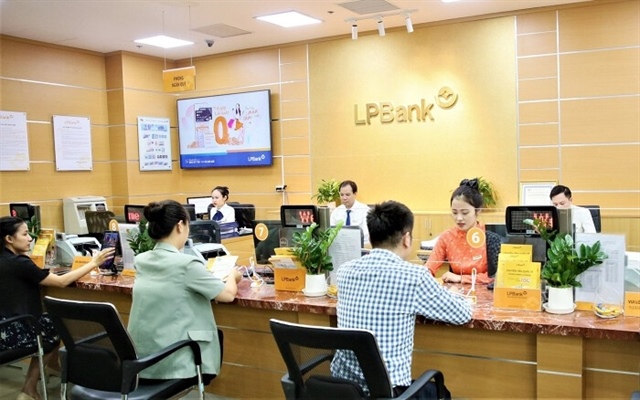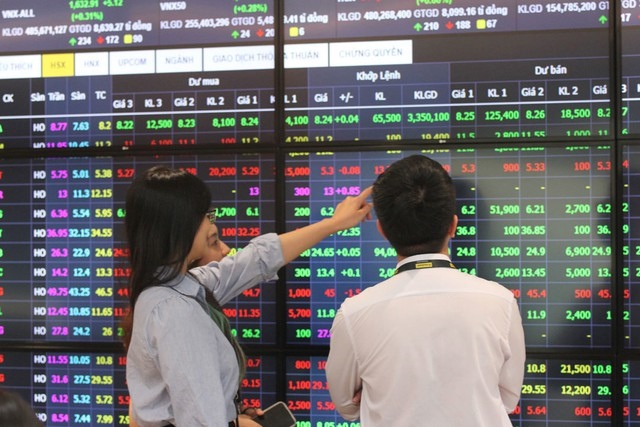Blue-chip exodus causes slump
Blue-chip exodus causes slump
Investors fled from the market April 18, driving shares down on both stock exchanges.
On the HCM City Stock Exchange, the VN-Index closed off 2.23 per cent at 473.21 points on a low trading value of VND681.8 billion (US$32.4 million).
Slumps in blue chips were responsible for the market downturn. None of the top 30 shares by market capitalisation and liquidity gained. This was shown in the VN30's fall of 2.1 per cent to 532.44 points.
PetroVietnam Finance (PVF) was the biggest loser, hitting the floor price.
The HNX-Index on the Ha Noi Stock Exchange also slid 1 per cent to 58.36 points.
Trading was sluggish. Just 30.4 million shares, worth VND214.58 billion ($10.2 million), changed hands.
The HNX30, representing the performance the bourse's leading shares, shed 1.54 per cent to 108.43 points.
The exchange yesterday announced the revision of HNX30 shares, effective from May 1. Accordingly, PVI Holding (formerly PetroVietnam Insurance, listed as PVI) and financial investment firm PV2 (PV2) will be replaced by Sai Gon-Ha Noi Securities (SHS) and property developer FLC Group (FLC).
PVI and PV2 were excluded due to low liquidity, which failed to meet the HNX30's criteria.
The State Bank of Viet Nam finished its ninth gold auction yesterday. The total amount sold at nine auctions reached around 10.1 tonnes, accounting for more than 95 per cent of the amount up for sale.
Notably, the amount of gold sold at three successive sessions this week reached 105,200 taels (one tael equals 1.2 ounces). For the week, the lowest bid was VND39.7 million per tael and the highest one was VND40.85 million.
There were only 14 buyers out of 22 participants yesterday. Businesses said the two public holidays and the decline in the world market made investors hesitate.
According to Bao Viet Securities Co analyst Pham Tien Dung, the holidays will have positive impacts on investors. "The holidays lets them have time to calm down and review portfolios," he said.
Investment opportunities could be in mid-cap stocks as they had good business results and stable price movements.
"However, risks remain because liquidity is low," Dung added.
vietnamnews












.jpg)












